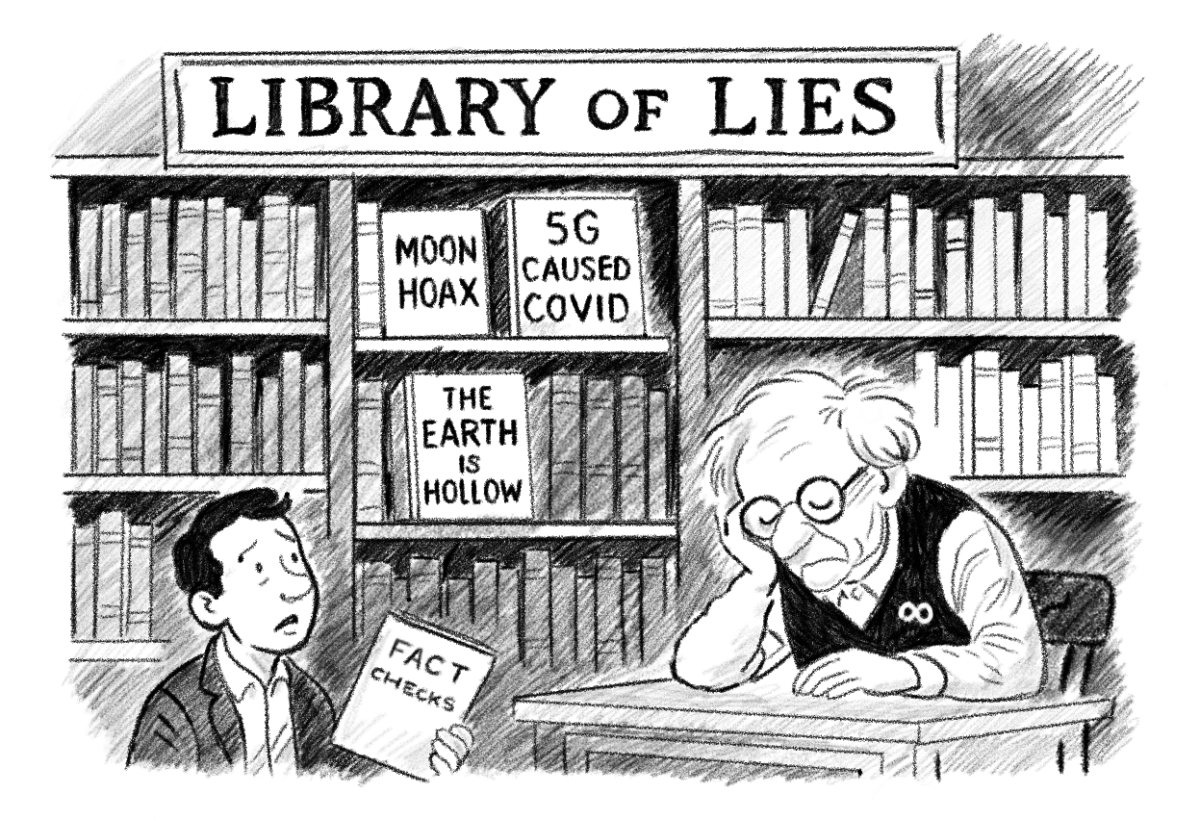Yellow journalism is a method of journalism that emphasizes sensationalism and exaggeration over factual reporting to attract readers and increase circulation. The virus of yellow journalism is not new; it has plagued media since the origin of news itself. However, the explosion of social media and online media platforms in the last two decades has created new frontiers for the plague of yellow journalism to spread.
“Chinese Spy Balloons” and “UFOs” are phrases many of us would never expect to hear outside comic books or cheesy sci-fi movies. However, earlier this year, these fantastical phrases pervaded the headlines of major media outlets and left the people of the United States hungry for real answers.
On January 28, a Chinese surveillance balloon entered U.S. airspace over Alaska. The balloon loitered over the continental U.S. before making a beeline toward the East Coast.
The US Military shot the balloon over the coast of South Carolina, and the balloon met its deflated demise in rough, icy water.
Between February 10 and 12, the military shot down three unidentified objects over Alaska, Lake Huron and the Yukon territory in Canada; none of them have been recovered.
With the origin of these flying objects unknown, certain media outlets spiraled into a frenzy, calling them “alien UFOs” and pointing fingers at anything from foreign powers to extraterrestrials. These media outlets employed tactics of yellow journalism such as sensationalized headlines to capitalize on public fear and anxiety.
Story headlines such as the Daily Star’s “Top Pentagon staff ‘deliberately promoting alien UFO theory to distract us’, says expert” populated the news and caused a flurry of unjustified panic and anxiety. These headlines created false narratives and perpetuated misinformation about national security threats.
The rapid rise of social media in the past two decades has given these misinforming media outlets a powerful voice and has created a new medium for yellow journalism to circulate. Historically, yellow journalism spread through print media. However, with the ability to easily share and amplify content, misinformation published on social media can spread faster than ever before. And there are new incentives for it to spread: An account’s popularity on platforms such as Instagram, Twitter, and Facebook rests on user engagement through acts such as liking and commenting on a post.
Oftentimes, it is not the accurate and unbiased posts that get signal-boosted and go viral; it is content that is sensationalized to deliberately incite a reaction in the viewer. It is easy to assume that a headline with hundreds of thousands of likes is credible, but that is not always the case; likes are not assessments of reliability.
Social media platforms such as Instagram and Facebook have implemented third-party “fact-checking” services aimed to mitigate the spread of false or misinforming posts. However, these features are hardly effective. During times of high traffic such as elections and controversial events, it can be extremely difficult for these services to effectively monitor the spread of misinformation. Misleading posts can stay up for days and even weeks before they are removed, allowing this information to be read and reposted across other platforms even after the original post has been removed. According to a study by the Center for Countering Digital Hate, a UK-based non-profit, Instagram’s “suggested posts” feature recommended misinformation related to vaccines during the COVID-19 pandemic. The study found that Instagram recommended a total of 104 posts containing misinformation to 15 profiles set up by the non-profit from September to November 2020.
Misinformation is not only spread by media outlets and social media posts; it is also promoted by certain reporters to bolster support for their own political agenda. Fox News Chairman Keith Rupert Murdoch recently confessed in court that his reporters knowingly propagated the false claim that the 2020 presidential election was stolen from Donald Trump. His statement is part of a $1.6 billion lawsuit between Dominion Voting Systems and Fox News. Dominion claims that Fox News deliberately spread fake conspiracy theories that the voting systems company rigged the election. While being questioned under oath by Dominion lawyers if Fox reporters perpetuated this rhetoric, Murdoch replied, “Yes. They endorsed.”. The election was not rigged and there existed no concrete evidence of this claim. By spreading this rumor, Fox News undermined the democratic process to pursue its political agenda.
It is time for media outlets to prioritize accurate reporting over generating clicks, profits, and popularity. While creative and subjective reporting can make stories more interesting and boost audience engagement, it should not come at the cost of accuracy. It is time for an end to yellow journalism, and the start of a national conversation about the importance of unbiased, objective reporting when it comes to topics as serious as national security, public health, and elections.





